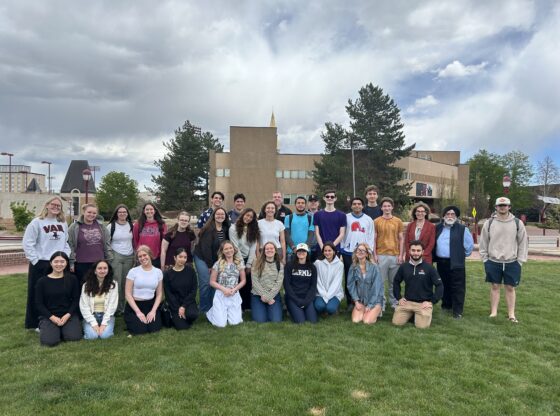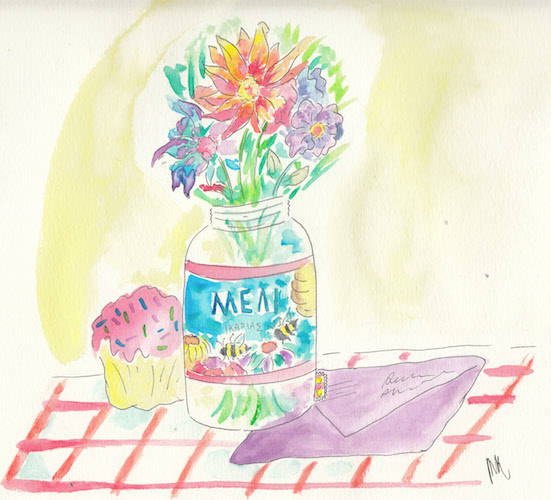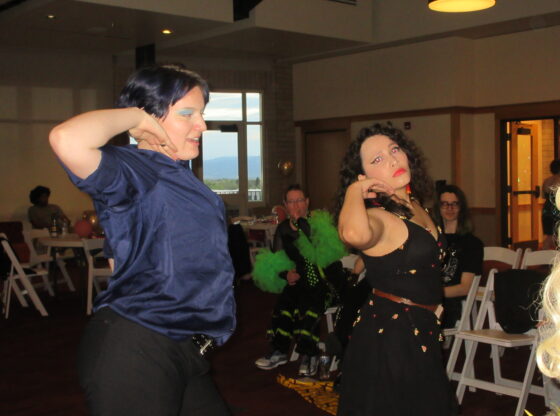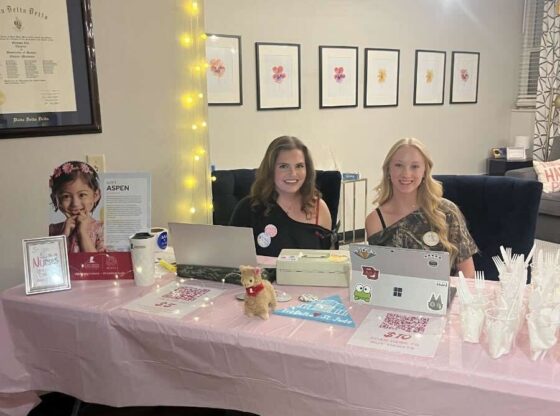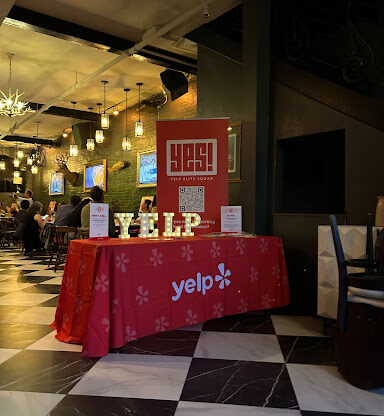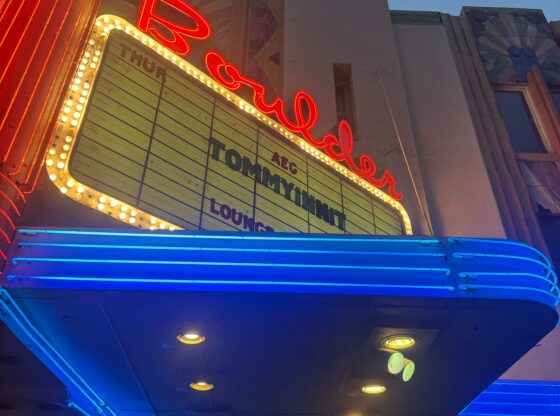As a result of COVID-19, schools, hospitals, restaurants and various other work environments have made large-scale changes to ensure the safety of both staff and customers. One industry that has been faced with various hurdles unknown to the public is assisted living facilities.
Due to the health concerns that exist for the residents at senior living facilities, extensive measures had to be taken as soon as the pandemic began to spread.
“The original stay-at-home had a no-visitation order, and we closed all of our buildings here in Colorado to all but essential visitors. Obviously, that was very difficult on our residents and their families, not being able to visit. However, there were very clear public health reasons behind that decision by the Colorado Department of Public Health and Environment (CDPHE),” Cindy Longfellow, Vice President of Sales for Juniper Communities explained.
The Colorado Department of Public Health and Environment issued an order on July 30 that stated, “Facilities must follow CMS guidelines related to screening, limiting and restricting visitors and must restrict visitation of non-essential visitors.” The order is currently still in place, however, an update to outdoor visitations was released on Sept. 10.
As for outdoor visits, Longfellow voiced the concern that weather conditions present. “We’re certainly concerned about when deep winter sets in. Some of our communities have actually gotten heaters and tents to hopefully be able to continue doing outdoor visits. CDPHE has set parameters for doing inside visits, but the counties that our communities are in have not reached the low rate of positivity required in order to begin doing indoor visitations.”
Longfellow expressed how outdoor visits in conjunction with communication over Zoom have been beneficial for residents and their family members. Yet there are still issues with such forms of interaction.
“Since our residents have stayed COVID-19-free this entire time, I think that adds to the families feeling like it should be safe for them to come in. Outdoor visits are not enough, [as] not being able to hug them is huge,” Ana Hostetter, Director of Sales and Marketing at Juniper Village at Louisville said.
Visitations are not the only activity that has been affected. “We have done a tremendous job to try to keep people active and engaged in spite of some of the restrictions,” Longfellow described. She went on to add, “We do hallway activities, where they are in their doorway but can see their neighbor down the hall and interact with them. We do different games and discussions, so they weren’t just sitting in their rooms.”
Residents gathered to enjoy bingo, live music, exercise classes and other activities before social distancing became a priority in order to keep people safe. Despite the absence of large group activities, Hostetter voiced a positive outcome of the precaution.
“One of the things that has really benefited our residents is that we’re doing a lot more one-on-one activities, compared to just the large groups. It’s been great for a lot of our residents who didn’t like to participate in the larger social gatherings. There’s a lot more individualized attention.”
Cohorting, as Longfellow explained, is a way that senior living places have been abiding by the order of limiting groups to five people or less. Residents are assigned to a group with a single caregiver so as to limit the contact that residents and workers have with each other. The people in these cohorts have grown close and protective of one another, an unexpected upside of this change.
It is evident that assisted living facilities have worked around difficulties in the wake of COVID-19. In spite of such challenges, there are lessons to be learned and technology to be adopted through it all.
“Now when we have people looking to move into assisted living, their top questions are about infection control. A year ago, nobody asked us. I think a lot of those protocols around infection control, prevention and cohorting will continue to be important to people, even after COVID-19,” Longfellow said. She went on to voice the benefits of utilizing technology during this time, stating, “Online medical visits have been hugely adopted. I think that will continue because it’s convenient.”
Technology has become a helpful resource as a form of communication between residents and their families as well. When residents partake in activities from baking to exercise, Hostetter explained how photos and videos are often taken and sent to relatives to keep them in touch.
The lives of senior living residents and their families have been significantly impacted by the limitations caused by the pandemic. But behind the scenes, there is lively and hardworking staff making an effort to provide community and safety for their residents. “I think many people picture these sad elders just sitting in their rooms, slumped over doing nothing. Hopefully, that’s not the case anywhere. Most everyone in our industry is going above and beyond to keep spirits, minds, and bodies up and moving as much as possible.”





